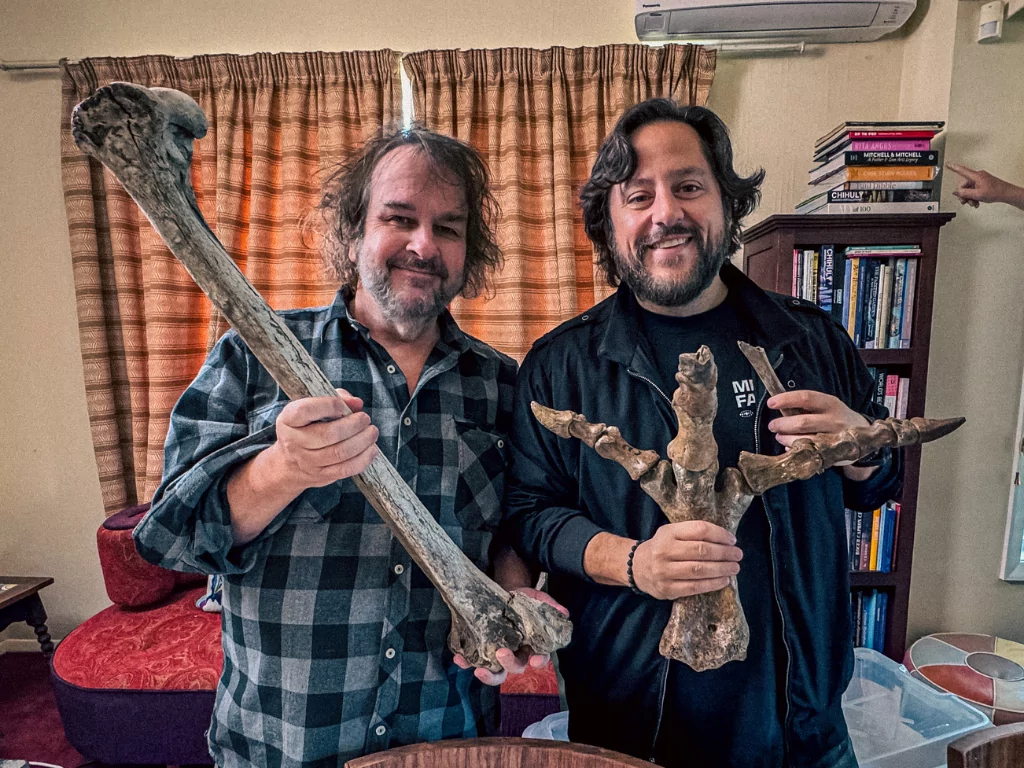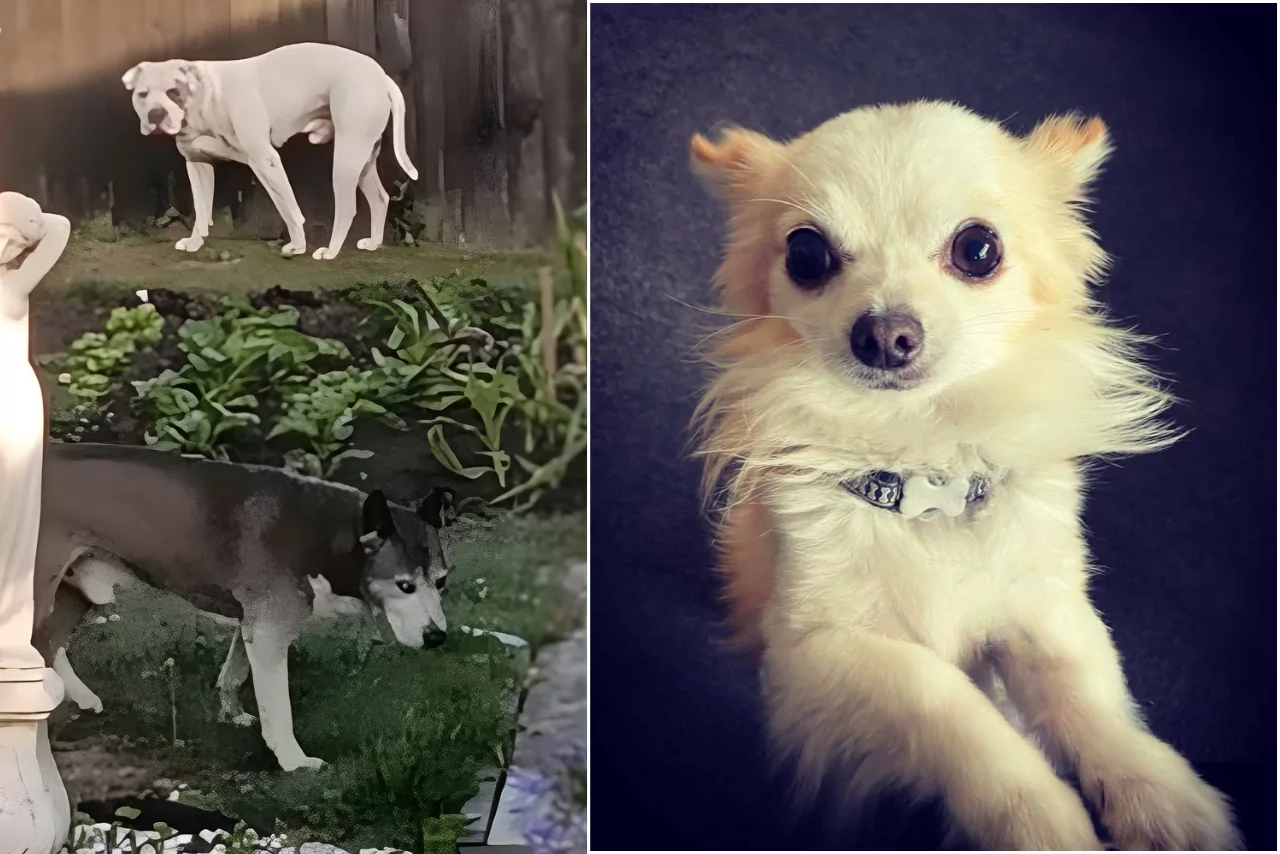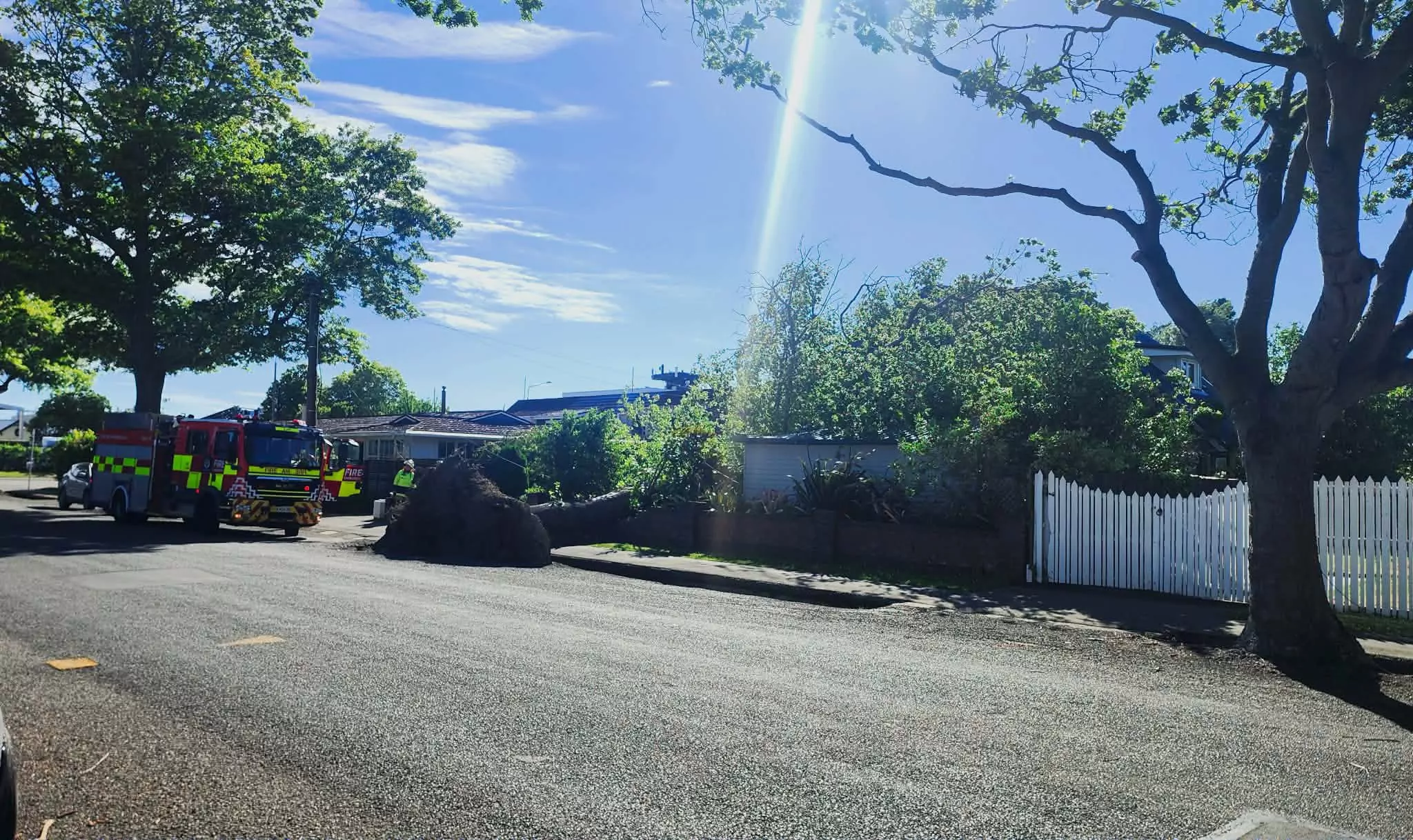Escaped youth tracked by Eagle helicopter, found hiding in New Brighton
The young person who escaped from a youth justice facility in Rolleston has been located...
An ambitious project involving director Peter Jackson, a US biotech company, and a Christchurch research institute aims to bring the extinct South Island giant moa back to life.
The Ngāi Tahu Research Centre at the University of Canterbury has entered into a partnership with Texas-based de-extinction company Colossal Biosciences and filmmaker Sir Peter Jackson to revive the long-lost bird using cutting-edge genetic engineering.

Moa (dinornis robustus) stood up to 3.6m tall
Moa, the giant flightless birds that once roamed the South Island, were wiped out around 600 years ago because of Māori hunting and habitat destruction after their arrival in New Zealand around the late 1200s.
Now, researchers say the colossal bird could make a comeback.
The Ngāi Tahu Research Centre will oversee the project, directing all research, ecological restoration, and conservation planning.
Colossal Biosciences, which is known for its work attempting to revive the woolly mammoth and recently resurrecting the dire wolf, has already begun sequencing the genomes of all nine known moa species.
Their scientists plan to reconstruct the moa’s DNA using ancient genetic material and develop technologies to reintroduce the bird to the South Island’s ecosystems.
Professor Mike Stevens, Director of the Ngāi Tahu Research Centre, said the project aligned with the iwi’s long-standing commitment to conservation and offered a bold new model of combining genetic science with local expertise.
Colossal Biosciences co-founder and CEO Ben Lamm described the project as “a new model where indigenous leadership guides scientific endeavours” and praised Peter Jackson for bringing the parties together.

Sir Peter Jackson and Colossal Biosciences chief executive Ben Lamm with moa bones.
“We are honoured to contribute our advanced computational and genetic engineering capabilities under the direction of the Ngāi Tahu Research Centre,” Lamm said.
“There is so much knowledge that will be unlocked and shared on the journey to bring back the iconic moa.”
Colossal said it was already investing in New Zealand’s biotechnology sector and planned to develop local labs, build biobanks, create conservation action plans, and support Ngāi Tahu-led expeditions to collect and protect native species.
Sir Peter Jackson, who has previously invested in Colossal, said the partnership was a step toward saving critically endangered species and exploring the possibility of bringing back others, like the huia.
“There’s a lot of science still to be done,” Jackson said, “but we can start looking forward to the day when birds like the moa are rescued from the darkness of extinction. Even the journey will bring incredible insights about the history of this land.”
Canterbury Museum’s Senior Curator of Natural History, Paul Scofield, said the partnership would drive new discoveries in ecology and palaeontology, and help recreate a species that was once a cornerstone of New Zealand’s natural environment.
“The knowledge gained will be beneficial to all of New Zealand, to conservation, and the world,” he said.
Colossal scientists recently joined Ngāi Tahu archaeologist Kyle Davis on field visits to caves and other sites containing moa subfossil remains. Davis said both oral and archaeological records provided valuable insight into the birds’ past.
“We relish the prospect of bringing that into dialogue with Colossal’s cutting-edge science as part of a bold vision for ecological restoration,” he said.
Dr Beth Shapiro, Colossal’s Chief Science Officer, said the research would provide a deeper understanding of how moa shaped New Zealand’s biodiversity.
“By studying ancient DNA, we can gain insights into how these keystone species influenced ecosystems and apply those lessons to modern conservation,” she said.
Moa were among the largest birds to have ever existed. The South Island giant moa could reach up to 3.6 metres in height and weigh more than 200 kilograms. Their extinction, which occurred less than two centuries after human settlement, is considered one of the most well-documented examples of megafaunal loss due to human activity.
Robert Nelsen, biotechnology investor and Managing Director of ARCH Venture Partners, said he had long supported the idea of bringing moa back.


